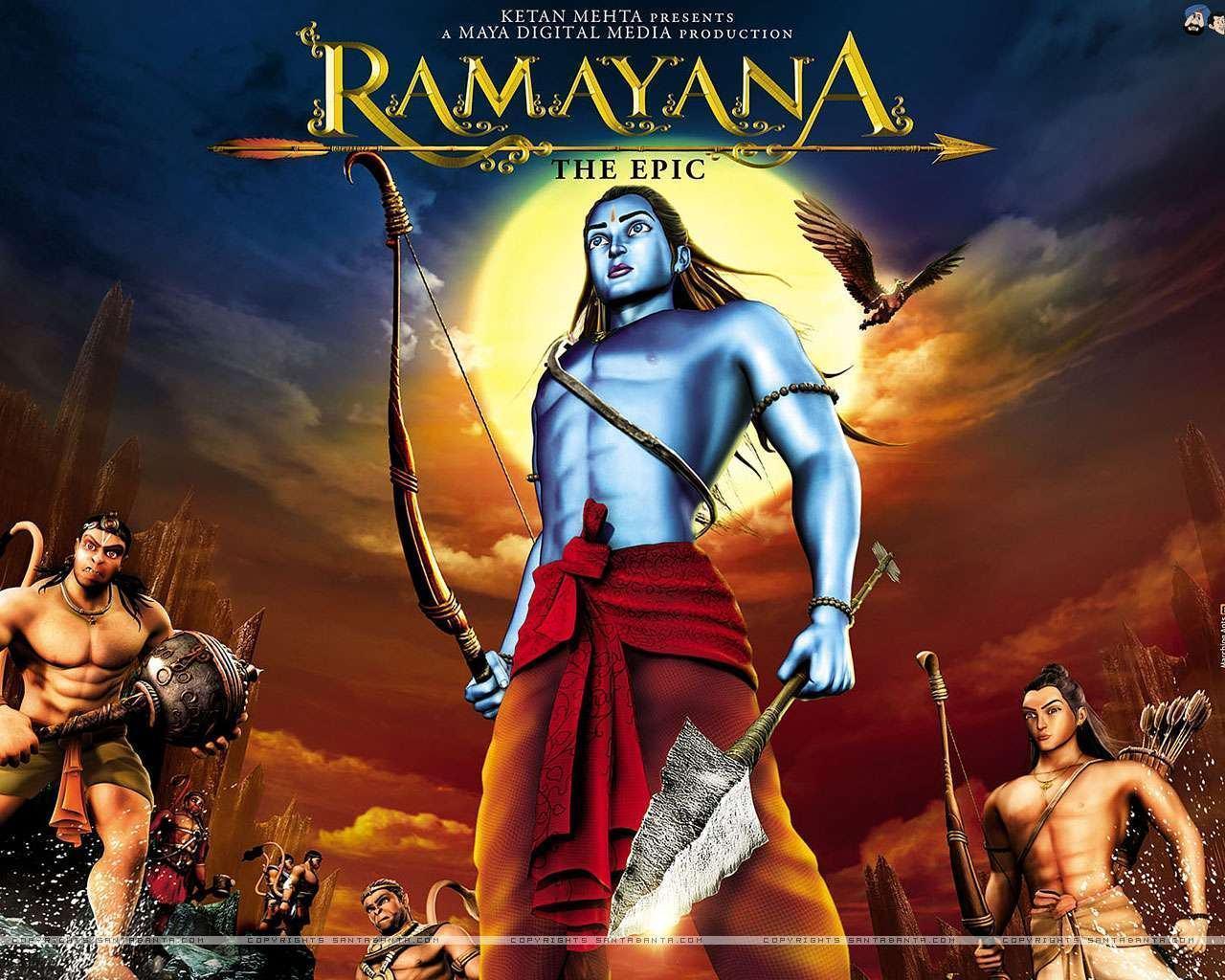
The Ramayana is not just a religious epic—it is an invaluable document of India's cultural, moral, and artistic history. But the Ramayana is not unilinear; rather, it has evolved in many forms across cultures, languages, and ideologies. This "multi-form Ramayana" shows us how a story can change with time, region, and society, yet its core emotion remains intact.
Valmiki's Ramayana, written in Sanskrit, is considered the earliest form of this epic. But this is only the beginning. In South India, Kamban's Tamil "Iramavataran" or Kumaravyas's "Torve Ramayana" in Kannada, Krittivas Ojha's "Sriram Panchali" in Bengali, Keshav Das's "Bhakti-Ramayana" in Maharashtra, "Ramakien" in Thailand, "Serat Rama" in Java—all are Ramayana, but each is different.
These different forms differ not only in language and style, but also in philosophical meaning. In some places, Rama is a supremely just king, in others he is a god of devotion, and in others—as in Buddhist or Jain writings—he is an ideal man who shows the way to salvation. In countries like Thailand or Indonesia, Ramayana has become a cultural festival that combines kingship with culture.
Folklore, plays, journeys, films, dance, paintings, theater—the Ramayana has entered every artistic medium. The battle of Ravana in Kathakali, the ordeal of Sita in Kuthiyattam, or Dussehra in Ramlila—these are not just expressions of religious but also cultural memories and festivals.
This polyphony of the Ramayana teaches us—how a story can be seen through countless eyes, how a story becomes a mirror of society. Especially now, when the Ramayana is presented one-dimensionally for political purposes, these transformed Ramayanas teach us that culture is never one-dimensional.
The Ramayana is a story—which is told again and again, reinterpreted, in new languages in new societies, but at its heart lies the eternal question: What is justice? What is duty? What is the true meaning of love and sacrifice?
Thus, the Ramayana becomes not just a mythological saga—but a flowing, multifaceted cultural legacy.